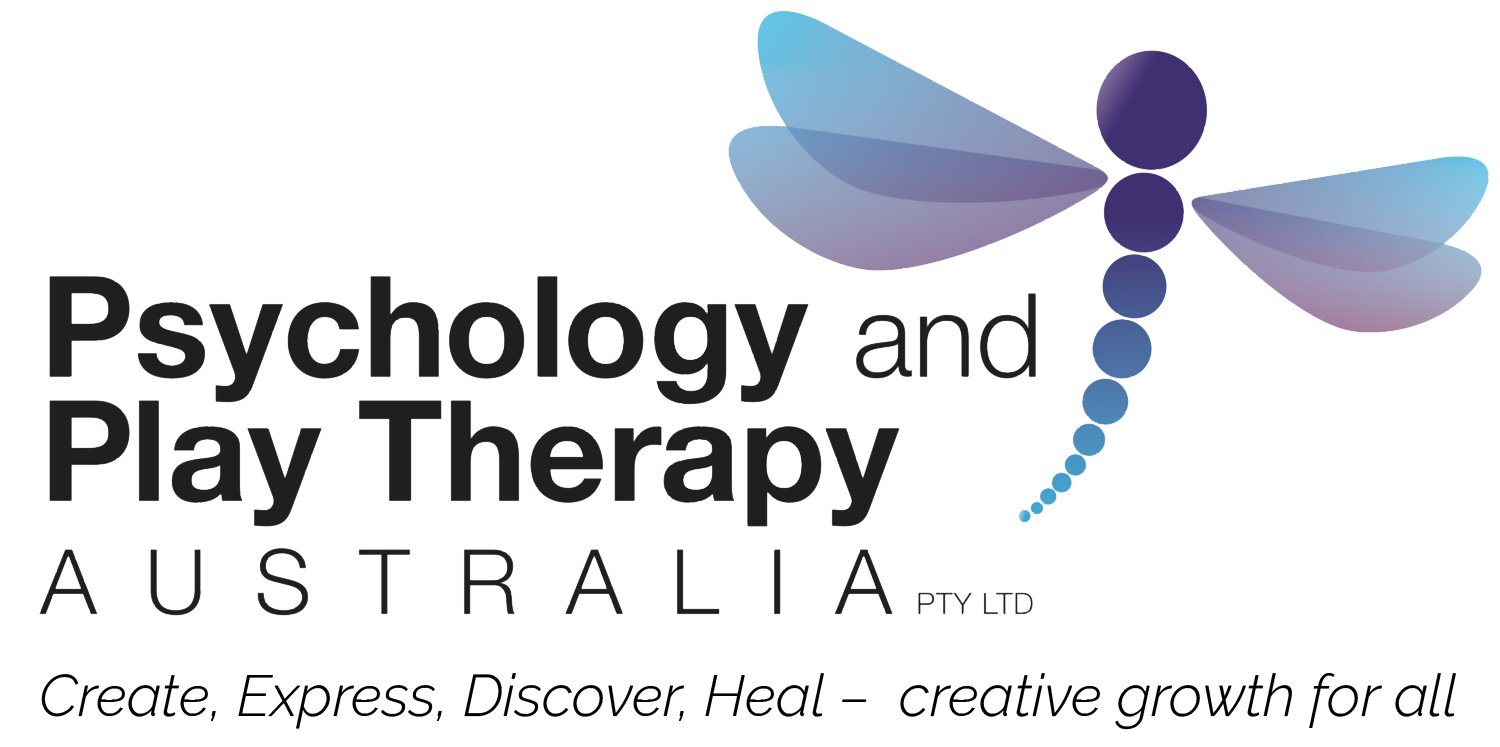Are you ready to take the next step in your professional journey?
It’s easy to make decisions based on feelings like imposter syndrome - believing that you’re not ‘ready’ to move forward, so you end up staying in the same place.
The Integrated Developmental Model of supervision reflects four stages of development, and this can help you to reflect on where you’re truly at and whether you may actually be ready to take the next step.






